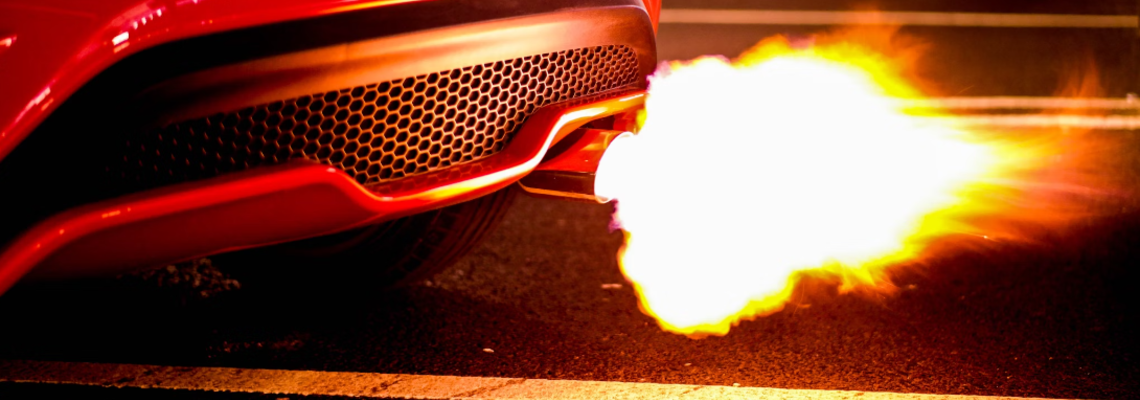Low emission zone in Wallonia overturned: Major cities targeted, introduction postponed to 2025
Wallonia, known for its picturesque landscapes and charming towns, has decided to introduce a controversial low emission zone in 2022. The previous Walloon government had drawn up a plan to gradually ban the most polluting vehicles from the roads. This measure triggered fierce debate and unrest. However, the current Environment Minister Céline Tellier (Ecolo) appears to be overturning these plans.
Attention low emission zones in Belgium: Up to 350 euro fine!
Belgium has drastically tightened its low emission zones for vehicles in major cities such as Brussels, Antwerp and Ghent since 2022, with further restrictions planned for 2025. Anyone driving in these cities must expect a fine of up to 350 euros. This regulation applies not only to local drivers, but also to foreign drivers. In all three cities, there is an environmental zone in which certain vehicles are not allowed to drive. Cameras monitor compliance with the rules by recording and comparing the licence plates of vehicles.
Electric cars and particulate matter: how do they go together?
Air pollution has been with us since the beginning of industrialisation. It is omnipresent, especially in cities. However, with technological progress and the relocation of factories away from city centres, air quality has improved in most wealthy countries. A major source of air pollution, the internal combustion engine, seems to be slowly being replaced by electric cars. But are electric cars really the environmentally friendly alternative they appear to be?
Water shortages and the emergence of new environmental zones - climate change and its impact on soil moisture
The climate crisis, one of the greatest challenges of our time, is becoming ever more tangible and its effects ever more evident. Paradoxically, one of the main causes of the alarming rise in CO2 emissions is the lack of water. This leads to dry soil, which in turn produces more particulate matter and favours the creation of new environmental zones.
Low emission zone in Krakow stopped for the time being!
On 11 January 2024, the District Administrative Court in Krakow, Poland, stopped the city's planned low emission zone for the time being. The project, known as the Clean Transport Zone (SCT), was intended to designate a part of the city where only cars with certain Euro standards would be allowed to enter. However, despite the good intentions of the city council, the court declared the project invalid.
E-fuels as an alternative to electric - what is the current status?
The discussion about sustainable mobility has recently focussed increasingly on e-fuels. E-fuels, synthetic fuels obtained by reversing the combustion process, have the potential to offer a climate-friendly alternative to electric drives. However, their environmental compatibility and energy balance still need to be investigated further.
Deutsche Umwelthilfe (DUH and lobbying): Where do the 1.5 million euros in donations come from?
Deutsche Umwelthilfe (DUH), a non-profit organisation for environmental protection, also known for environmental zones and diesel driving bans, is being criticised: it refuses to disclose 15 large donations with a total value of over one million euros. The media company Table.Media discovered this in the lobby register of the German Bundestag. But what does this mean for DUH's credibility? What is the actual aim of its work?
Austrian Post lorries: vegetable oil instead of diesel
Austrian Post has announced that it will switch its entire lorry fleet to HVO (hydrogenated vegetable oil) by mid-2024. A bold step that makes the company a pioneer in the industry. The progress is undoubtedly impressive, but also raises some questions.
Air quality in Berlin is rising - and so are parking charges
A fresh breeze is blowing in the metropolis of Berlin - and that is to be taken literally. The environmental administration's new clean air plan shows that the air in the capital is getting cleaner, windier and yes, also more expensive. But what does this mean for residents and what does all this have to do with the new EU limits?
E-car production contaminates groundwater - Tesla about to stop production?
The American electric car manufacturer Tesla appears to be entering stormy waters. The Gigafactory in Grünheide, Brandenburg, is under massive fire. The accusation: excessive pollutant discharges into the groundwater. There is great concern about the quality of the groundwater and people in the region are deeply unsettled.

![[Translate to Englisch:]](https://www.green-zones.eu/fileadmin/_processed_/4/4/csm_screenshot_2024-03-14_120324_f342bfe558.png)
![[Translate to Englisch:]](https://www.green-zones.eu/fileadmin/_processed_/8/3/csm_screenshot_2024-03-14_130615_2483b36b7d.png)
![[Translate to Englisch:]](https://www.green-zones.eu/fileadmin/_processed_/f/c/csm_screenshot_2024-03-12_132125_1ee54ee309.png)
![[Translate to Englisch:]](https://www.green-zones.eu/fileadmin/_processed_/0/a/csm_screenshot_2024-03-12_062448_13151ff2d2.png)
![[Translate to Englisch:]](https://www.green-zones.eu/fileadmin/_processed_/1/d/csm_screenshot_2024-03-07_132736_660900f682.png)

![[Translate to Englisch:]](https://www.green-zones.eu/fileadmin/_processed_/9/e/csm_screenshot_2024-03-05_121028_712873b7d9.png)
![[Translate to Englisch:]](https://www.green-zones.eu/fileadmin/user_upload/screenshot_2024-03-01_135028.png)
![[Translate to Englisch:]](https://www.green-zones.eu/fileadmin/_processed_/2/2/csm_screenshot_2024-02-28_122301_0496dd59ff.png)
![[Translate to Englisch:]](https://www.green-zones.eu/fileadmin/_processed_/5/2/csm_screenshot_2024-02-28_133231_9b1da3e317.png)